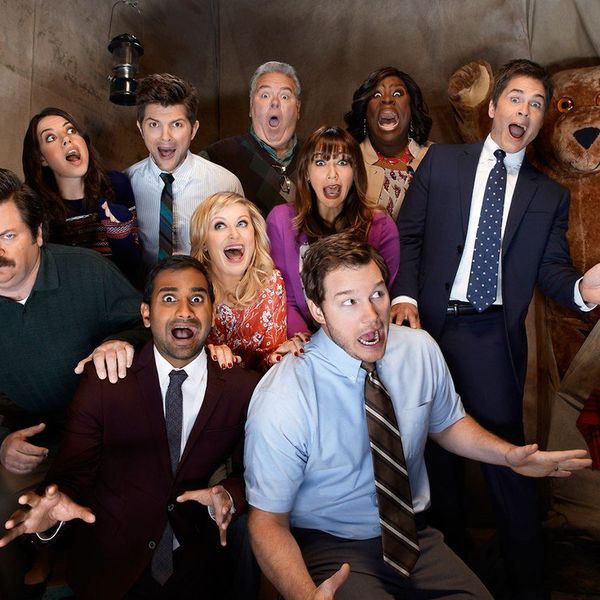Trigger Warning: This article contains sensitive content that may offend those who pride themselves on not being politically correct.
The concept of being triggered has become a prominent joke on social media, finding its niche among meme-loving internet users. And while there is little wrong on the surface with laughing (or rather, exhaling slightly more forcefully while staring at a screen) in response to these memes, there is an effect on the world behind the worldwide web that must be addressed.
A trigger warning has been commonly defined as “a statement at the start of a piece of writing, video, etc., alerting the reader or viewer to the fact that it contains potentially distressing material.” However, this definition misses a key element of trigger warnings that allows misinterpretations. With this definition alone, it is easy to associate trigger warnings with crybaby millennials who don’t want to deal with potentially difficult subjects. It makes them look like a cop-out.
Dictionary.com, however, expands on this definition to include the most important aspect: “especially for those who have previously experienced a related trauma”.
Common trigger warnings include (but are not limited to) rape and sexual assault, abuse, animal cruelty, suicide, self-harm, excessive violence, needles, pornography, incest, kidnapping, death, pregnancy, miscarriages/abortion, blood, and mental illness. These warnings are not meant as gentle warnings for the stereotyped “liberal crybaby” who wants to avoid the harsh realities of the world. They are meant primarily for those who have been affected by trauma reflective of or related to these categories.
Imagine a high school or college-aged student who has experience sexual assault being forced to read Speak in their English class without being warned beforehand that rape is a prominent feature of the work.
Imagine a combat veteran going to see a movie with their family or friends, only to be greeted with a scene relaying death in war.
Imagine a formerly suicidal person reading through their local news and stumbling upon a description of self-harm or attempted suicide.
It is not about shielding ourselves from the dark parts of the world; it is about acknowledging that some people among our population have already experienced them. They do not need to be reminded of them unnecessarily. Of course some people are going to abuse trigger warnings. Some students may use them to get out of assignments, but eliminating them to avoid this is not worth the cost it could have on those who actually require them.
Think of it in terms of epilepsy. If a movie, like Doctor Strange or Speed Racer, is host to a plethora or flashing lights or moving colors or other dizzying effects, there will often be a warning. Just as we do not want to set off seizures or similar attacks in viewers, we should not want to risk setting off panic attacks or others in those who have experienced trauma.
Trigger warnings are not censorship. No one is taking away your right to partake in gory, sexual, controversial literature and film. That is not the point of these warnings. If they do not affect you, you are more than welcome to ignore them. But for those for whom they are essential, leave them be.





















